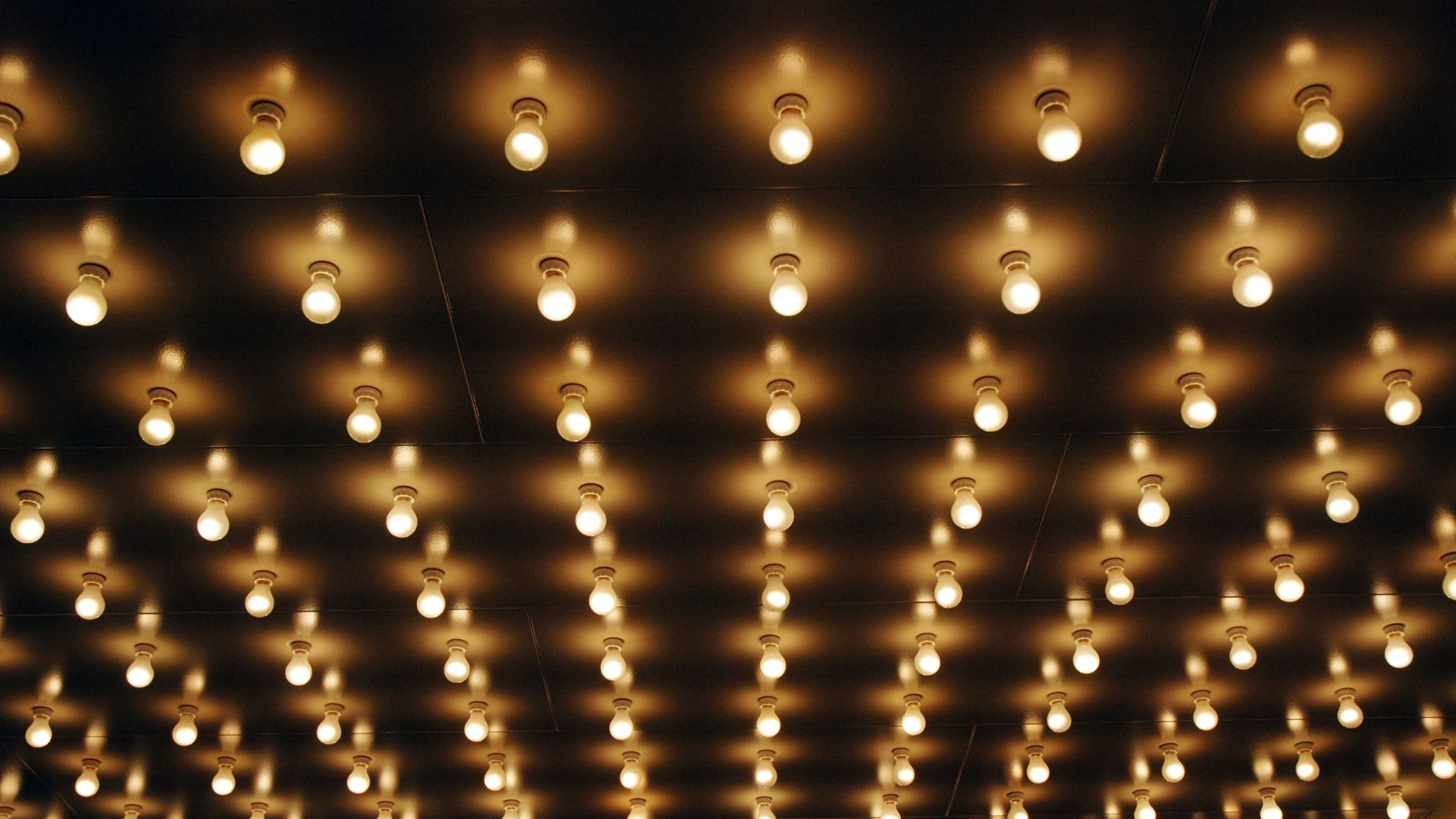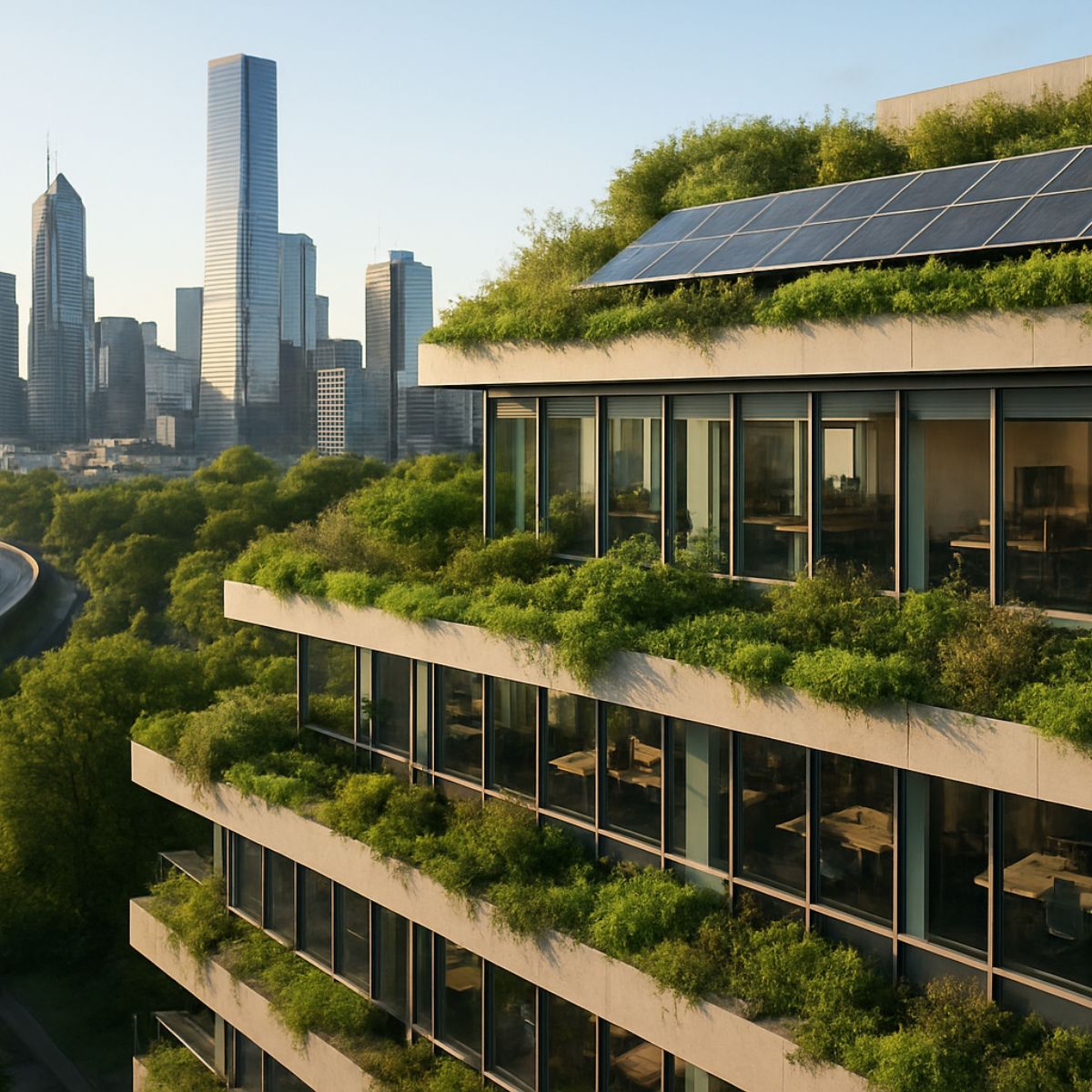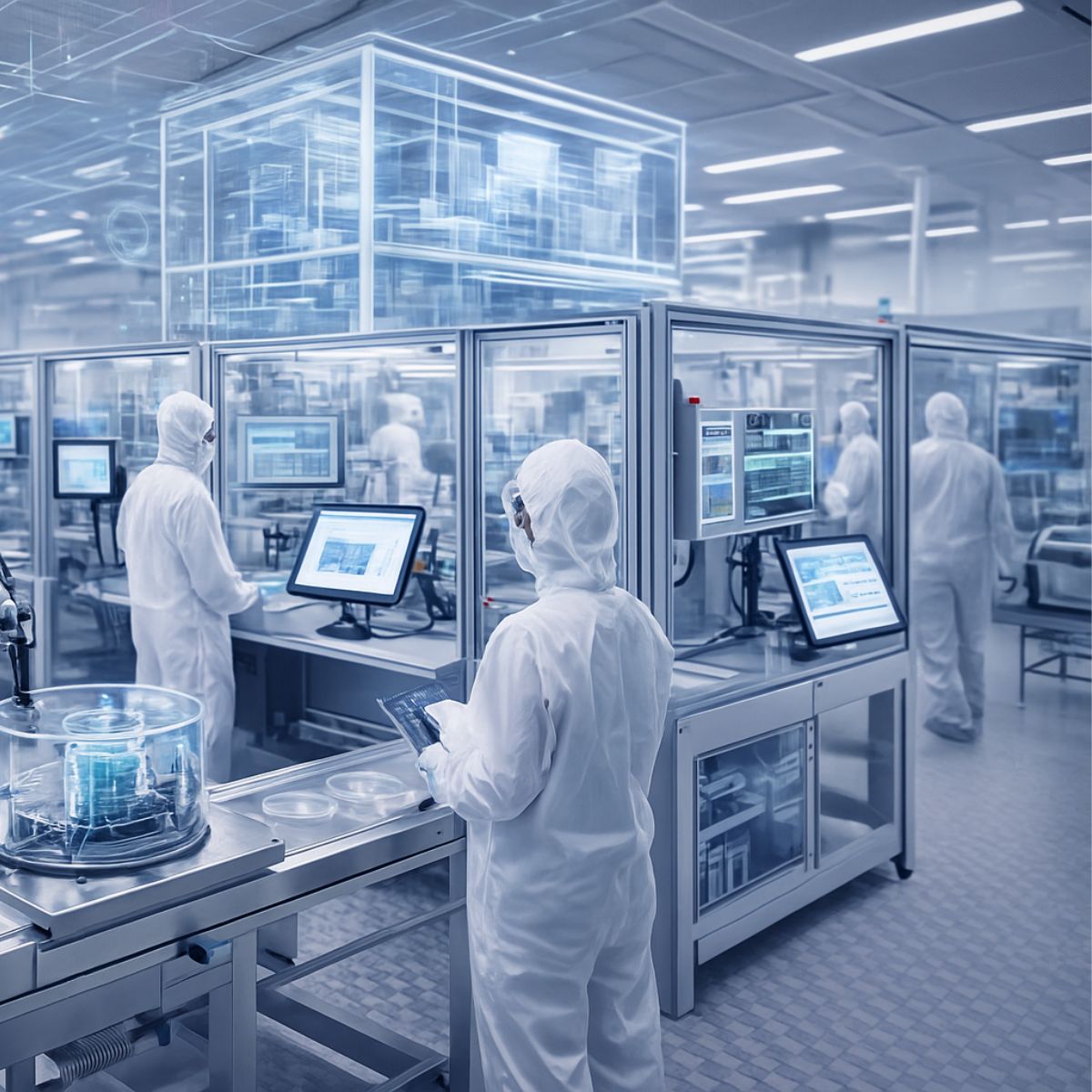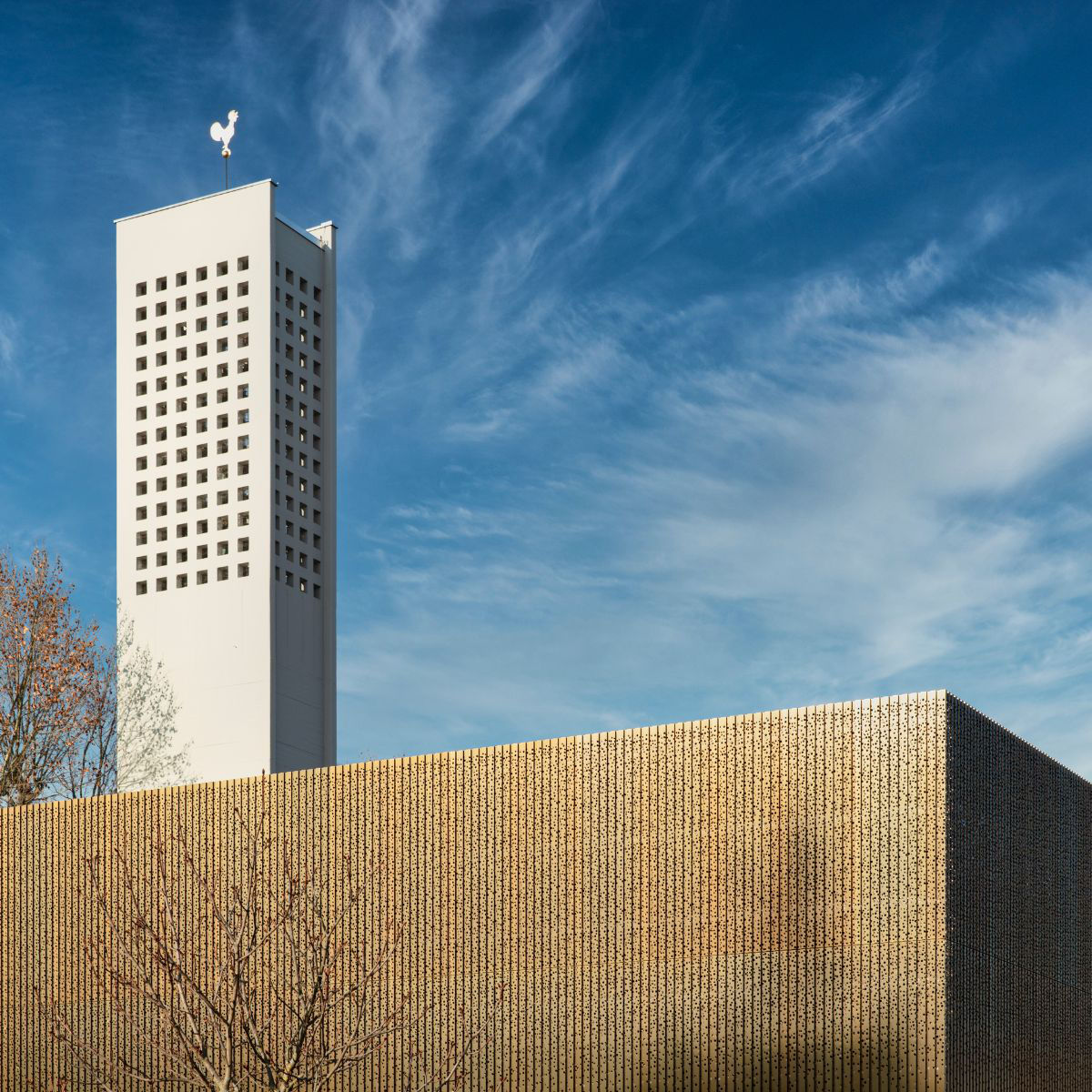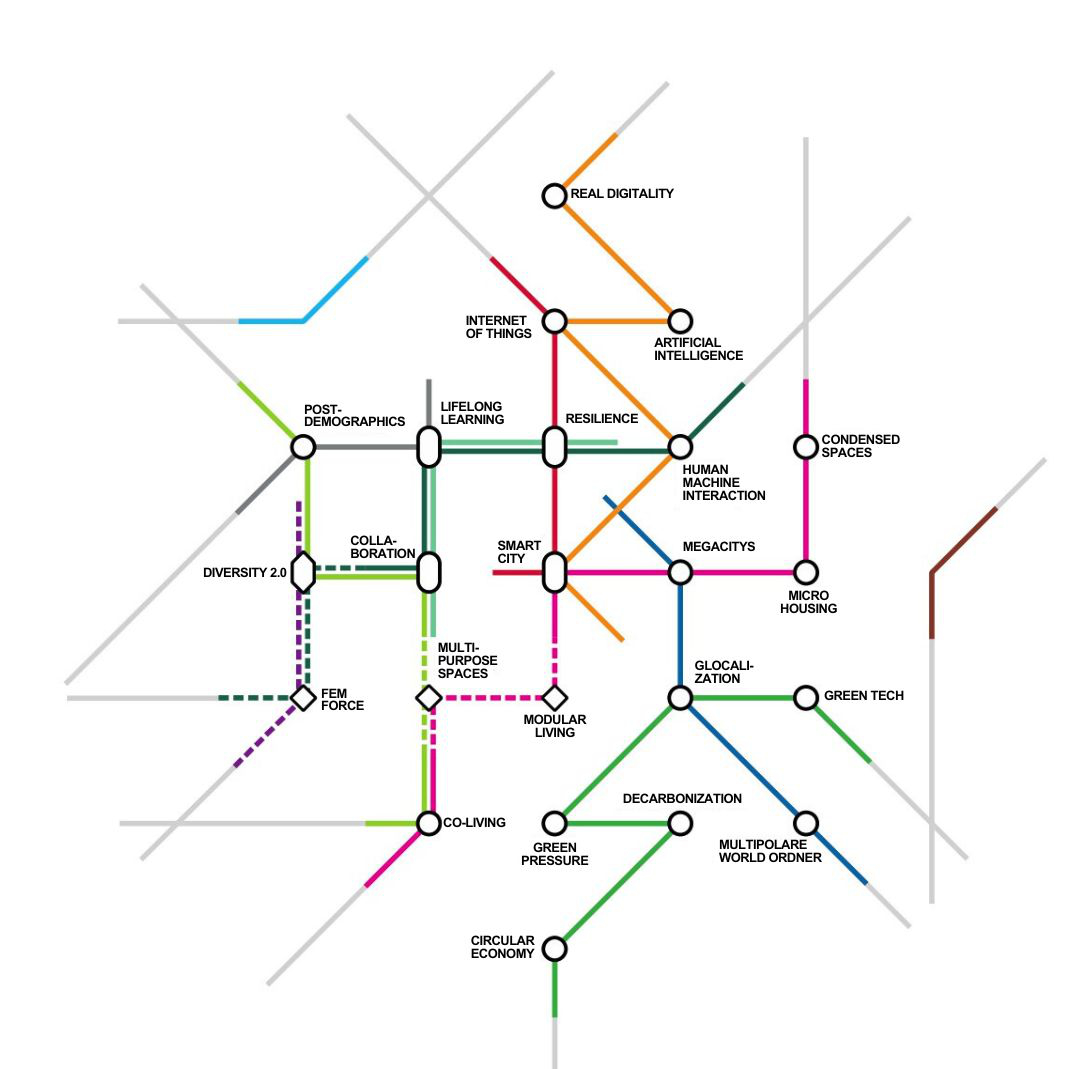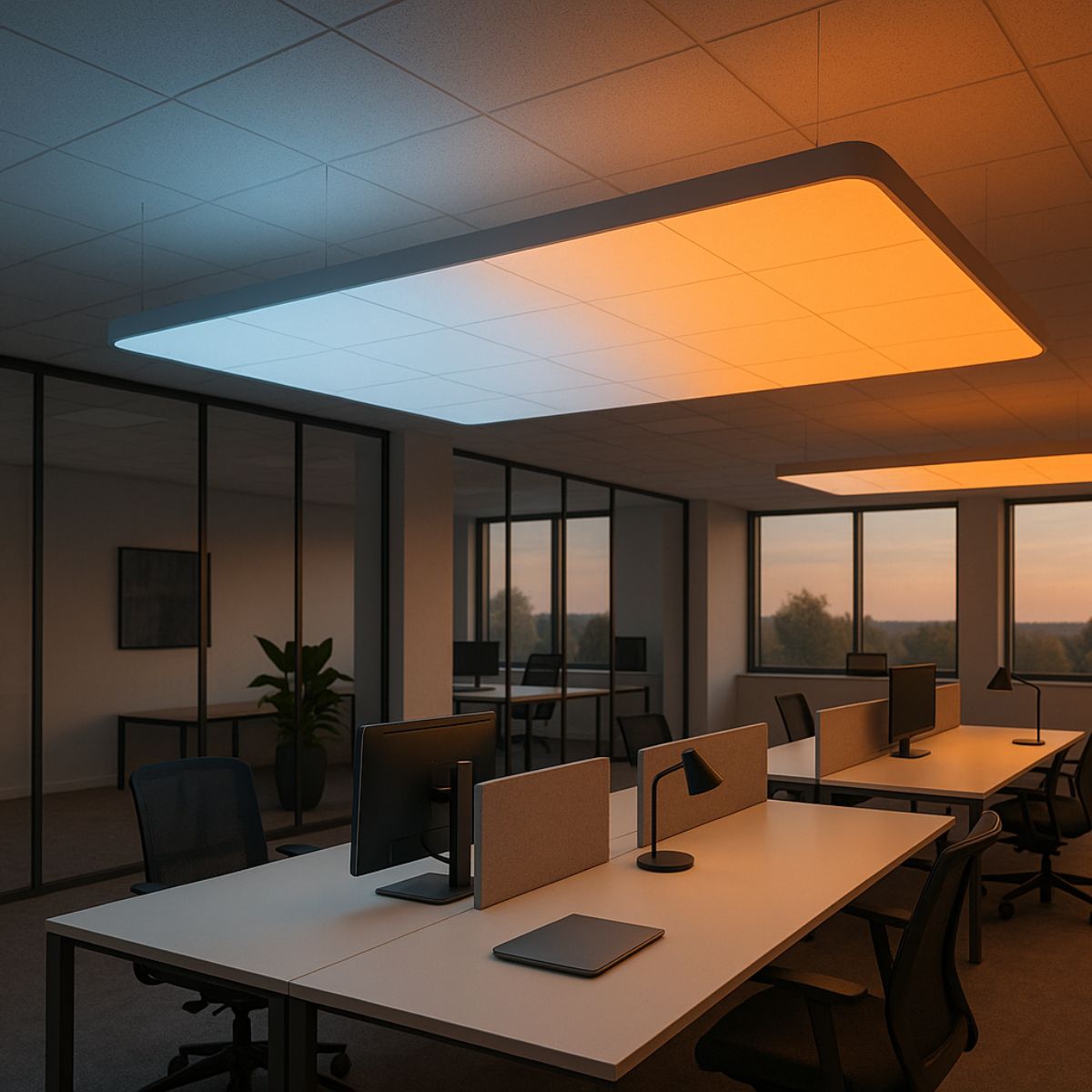Reading time: 3 minutes
Lighting in commercial buildings is undergoing a fundamental transformation, shaped by the convergence of sustainability goals, digital innovation, and evolving business models. This transformation unfolds in three interconnected phases: circularity, connectivity, and Lighting-as-a-Service (LaaS). While these trends are not new, they are being revitalized to meet the demands of a changing landscape marked by economic uncertainty, rising energy costs, and the need for more resilient and efficient building solutions.
Circularity: The Foundation of Sustainable Lighting
The journey begins with circular lighting, where systems are designed for longevity, reuse, and minimal environmental impact. Governments worldwide are tightening environmental regulations, prompting lighting manufacturers to adopt carbon-neutral strategies and circular economy principles. Technologies such as artificial intelligence (AI), machine learning (ML), predictive analytics, and 3D printing are enabling longer product lifespans, modular designs, and more efficient recycling. These innovations are helping lighting OEMs overcome the operational and financial challenges of green manufacturing and supply chain decarbonization. Circularity in lighting is no longer a niche concept, it is becoming a baseline expectation in sustainable building design.
Connectivity: Smart Lighting as a Platform for Efficiency and Insight
Once installed, lighting systems are evolving into intelligent platforms. Smart lighting enables adaptive control, real-time data collection, and integration with broader building management systems. The U.S. Department of Energy estimates that connected lighting systems, particularly linear and high-bay fixtures, could deliver up to $23 billion in energy savings. The market is evolving from standalone smart bulbs to full-scale IoT lighting platforms, with large-scale deployments commonly deployed in healthcare, office, and educational buildings. AI and ML are playing a critical role in enabling predictive maintenance, root-cause analysis, and design optimization. These capabilities not only improve energy efficiency but also enhance occupant comfort, safety, and operational performance. As digital maturity increases, smart lighting is becoming a central component of intelligent building ecosystems.
LaaS: A Flexible, Scalable Model for the Future
The third phase of transformation is the shift to LaaS, a subscription-based model that removes upfront capital costs and aligns lighting investments with operational outcomes. LaaS offers financial flexibility for customers and recurring revenue for vendors, while enabling tailored, scalable solutions. It is especially attractive to small and medium-sized enterprises, though larger organizations and public institutions are also exploring it as part of broader digital and sustainability strategies. The COVID-19 pandemic accelerated the move toward outcome-based services, highlighting the need for adaptable models. Meanwhile, digital lighting services such as adaptive brightness, occupancy detection, people counting, and workplace analytics are gaining traction. Bundled with LaaS, these tools provide a comprehensive solution for energy efficiency, compliance, and long-term value creation.
Market Outlook: Commercial Lighting on a Growth Trajectory
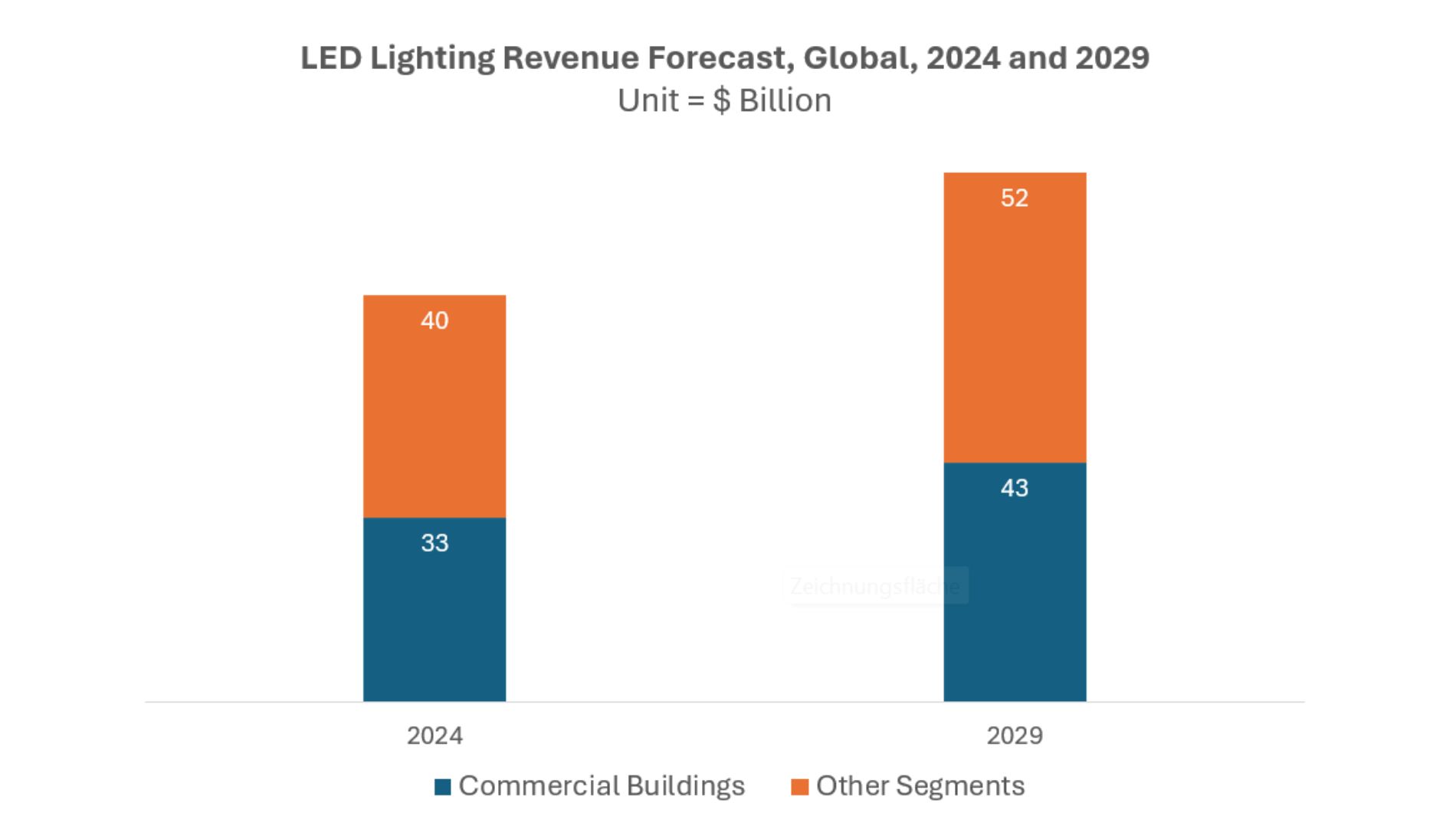
According to Frost & Sullivan, the global LED lighting market (LED lighting refers to LED lamps or light engines that include one or more LED packages, an LED array or LED module and an LED driver, electrical and mechanical interfaces, and an integral heat sink to provide thermal dissipation.) in the buildings sector was valued at approximately $73 billion in 2024 and is projected to reach $95 billion by 2029. Commercial buildings, covering offices, architectural applications, hospitality venues, and retail establishments, accounted for 45 percent of the total LED lighting market in 2024. This segment is expected to maintain its lead, growing from $33 billion in 2024 to $43 billion by 2029, at a compound annual growth rate (CAGR) of 5.9 percent. LED lighting currently represents about 65% of the total lighting market, with this share expected to rise to 75% by 2029, driven by continued adoption and efficiency improvements.
Conclusion: A New Era of Lighting Value
The transformation of lighting in commercial buildings is no longer just about energy savings. It is about creating intelligent, sustainable, and service-oriented environments. Circularity lays the foundation, smart lighting brings intelligence and adaptability, and LaaS redefines how lighting is delivered and monetized. Together, these three pillars are reshaping how lighting is planned, implemented, and valued in the built environment.
Download
The full report with detailed forecasts, innovation insights, and strategic recommendations is available for download.
Light + Building 2026: Impulses for Tomorrow
Experience the future of the built environment at Light + Building 2026. From 8 to 13 March 2026, the world’s leading trade fair for lighting and building services technology in Frankfurt am Main showcases how energy efficiency, digital connectivity and lighting design are driving innovation across the industry – reflected in the top themes Sustainable Transformation, Smart Connectivity and Living Light.
